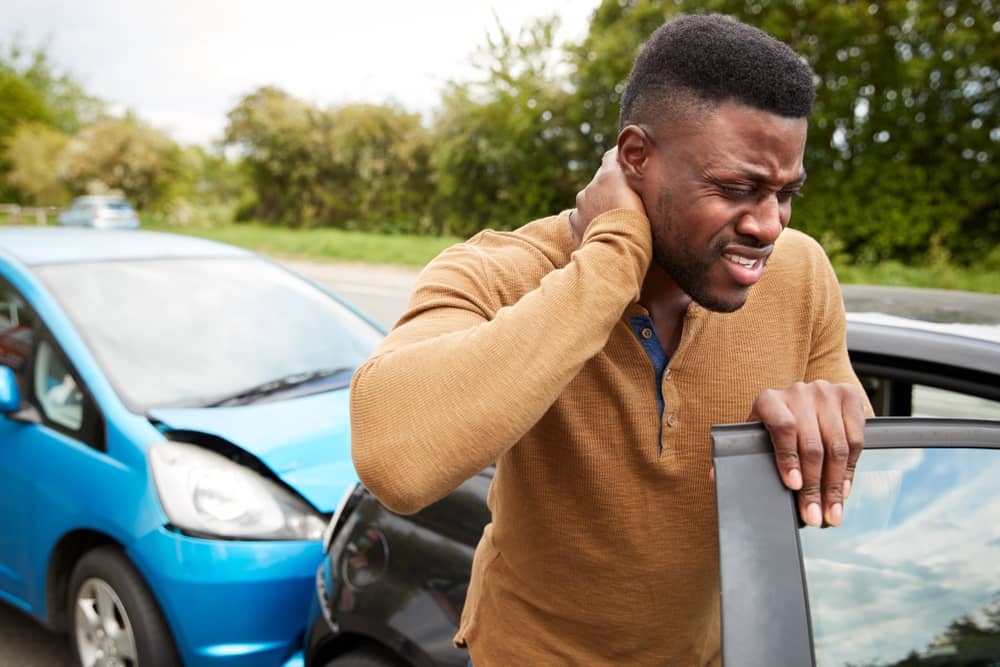Auto accident attorneys follow different protocols depending on whether clients were injured on property or at work. Car accidents generate police documentation and insurance claims immediately. Falls on premises require proving that the owners had notice of hazards but failed to repair them. Workplace injuries trigger workers’ compensation proceedings alongside potential third-party claims. A Murray Personal Injury Lawyer determines which investigation methods apply based on the injury circumstances and available evidence from each scenario.
Vehicle crashes, property falls, and job site injuries each present distinct legal challenges. Auto cases typically involve clear liability determinations from traffic laws. Property incidents need proof that dangerous conditions existed long enough for owners to discover them. Employment injuries often bar lawsuits against employers directly, forcing lawyers to identify equipment manufacturers or outside contractors who might share fault. A personal injury legal expert in Murray evaluates these variables to build cases that address the specific legal requirements for each claim type rather than applying generic injury law principles.
- Car accident investigation
A police report documents scene conditions, witness statements, and citations. Attorneys obtain these reports within days of crashes. The reports indicate which driver violated traffic laws, though officers sometimes write “no fault determined” when circumstances remain unclear. Lawyers gather additional accident evidence through:
- Black box downloads from vehicles showing pre-crash speed and braking
- Intersection camera footage from city traffic systems
- Cell phone records proving distracted driving through text timestamps
- Accident reconstruction using skid measurements and impact angles
Medical documentation connects crash forces to specific injuries. Emergency room records note complaints made immediately after collisions. Radiologist reports show fractures or soft tissue damage. Follow-up appointments with orthopedists or neurologists establish treatment courses. Gap periods between doctor visits weaken claims because insurers argue injuries weren’t serious.
- Slip and fall documentation
Premises liability cases require proving that property owners knew hazards existed but neglected repairs. This differs fundamentally from car cases, where fault often gets established through traffic citations. Property falls need evidence showing how long dangerous conditions persisted before accidents occurred. Critical slip and fall evidence includes:
- Photographs of the exact hazard taken immediately after falls
- Incident reports filed with property management companies
- Maintenance logs revealing inspection schedules
- Prior complaints from other customers about the same hazard
- Weather data for outdoor falls involving ice, snow, or rain accumulation
Attorneys inspect accident sites within 24 to 48 hours because property owners fix hazards quickly once injuries occur. Wet floors get mopped. Broken tiles get replaced. Lighting gets upgraded. Delayed inspections mean lost proof. Store surveillance cameras capture falls, but footage gets recorded over within weeks unless preservation demands are sent immediately. Building code violations strengthen premises cases. Municipal inspectors sometimes cited the same defect months earlier, proving owners had notice. Attorneys pull permits and inspection reports from city records showing violations that went uncorrected.
- Workplace injury claims
Job site injuries follow separate rules because workers’ compensation statutes bar most lawsuits against employers. Lawyers file comp claims first to secure medical coverage and wage replacement. These administrative claims don’t require proving employer fault. Getting hurt at work automatically triggers benefits. Attorneys then investigate third-party liability involving:
- Equipment manufacturers whose defective machinery caused injuries
- General contractors who controlled site safety on construction projects
- Property owners who maintained premises where employees got hurt
- Delivery drivers from other companies who struck workers
Workers’ comp pays only partial wages and medical bills. Third-party lawsuits recover full damages, including pain and suffering. Lawyers pursue both simultaneously to maximise compensation beyond what comp systems provide.
The legal strategies differ based on whether liability comes from traffic violations, property owner negligence, or employment site hazards requiring distinct proof standards. Attorneys adapt their approach throughout case evaluation and potential litigation to address the specific requirements that determine successful outcomes in vehicle collision and occupational injury claims.

